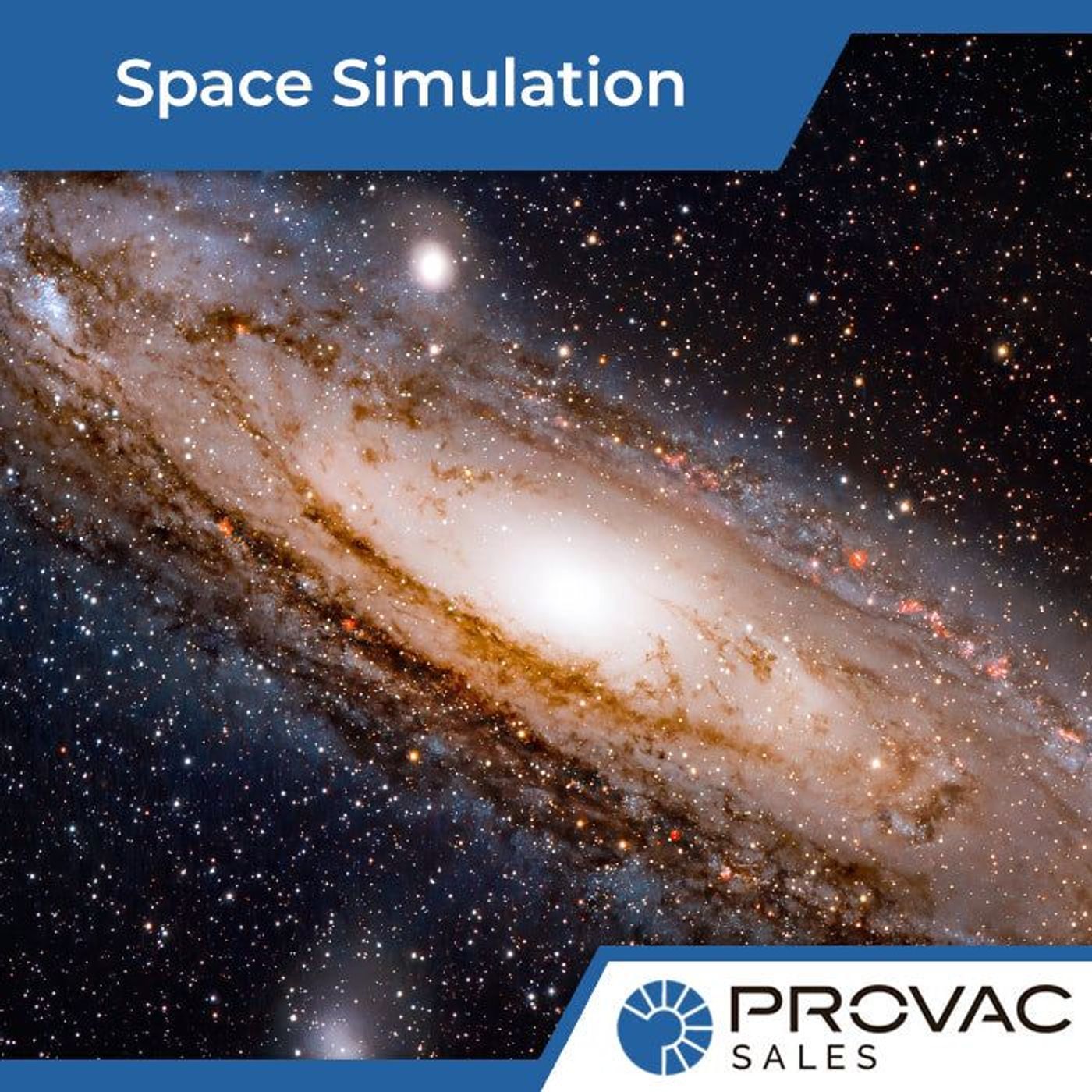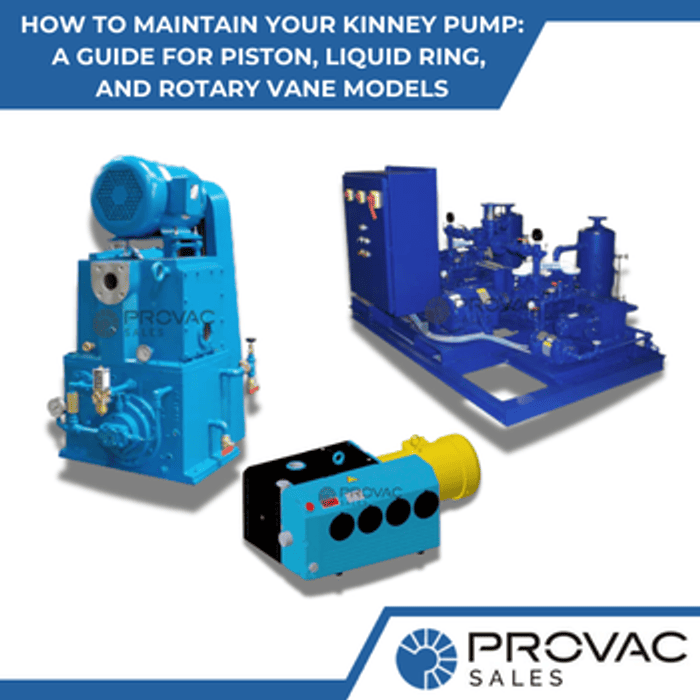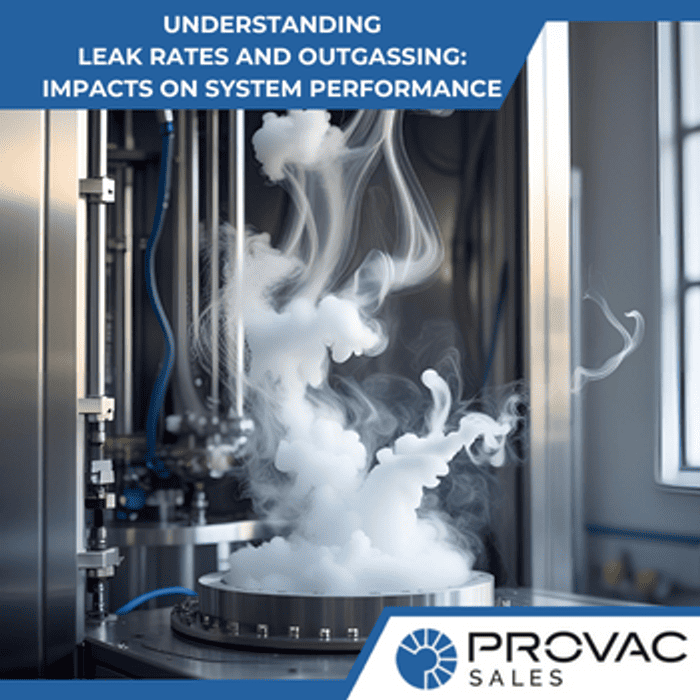Each year has brought along with it a long list of space-related achievements including new satellites orbiting the planet and different tech products brought to market. This includes specific projects that have been managed by some of the biggest names in the industry such as SPACE-X. The goal of these companies is to maximize new-age tech and bring the world to a new level.
Keeping this in mind, it has become important to analyze vacuum technology for space simulators.
Here is a look at what this tech is all about and how it works.
What is Vacuum Pressure?
In general, space tends to work with air pressure that begins at 100km above sea level. The air pressure that is seen in this space is cited as 0.27 pa. Certain satellites are set at a low earth orbit that can still handle pressure related to gas. Due to this, the satellites tend to lose their height with each passing day.
Vacuum pressure is focused on atmosphere-related pressure that is around an object. In this case, it would have to do with space simulators.
The pressure that is calculated tends to be measured within PSIV.
Since companies don't want to go headfirst into launching random satellites into space, they take the time to test everything on Earth. To do this, they have to mimic the conditions the satellite is going to be dealing with regularly. This is why vacuum technology plays a role in what is being done.
The goal is to make sure everything is tested down to the last detail before launching the satellite.
Space Simulations
The vacuum chamber is set up when it is time to go through a series of space simulations. This means the vacuum range is set up at 10-07 - 10-06. The test tends to be done in this range while fluctuating through different temperature points. The idea behind changing the temperature is to focus on when the sun is going to be closer and when it is not.
There are times when certain vacuum chambers are going to be specifically designed to simulate solar wind too. This is done to handle that kind of pressure without breaking down.
The satellite goes through rigorous testing within this pressure to make sure it continues to work the way it is supposed to. In the end, it is not just about surviving, but also making sure the performance of the satellite doesn't diminish.
Vacuum Testing Requirements
To set up the vacuum chamber, the goal is to take out all of the natural air and begin pumping gases into the chamber with the objects around. This tends to interact with water vapor to create a composition that is tweaked to mimic specific pressure.
This is a key detail to think about when it comes to prepping the entire system.
There are specific blower systems that are used to do this and maintain the pressure. This is the only way to ensure the pressure hits a specific point and then remains there as well. This is key when it comes to managing oil-free vacuum systems that are going to keep the satellite running the way it is supposed to under pressure.
It's important to note, these blower systems can be played around with the handle different pressure points. There are times "toughing" is done with the use of dry screw pumps to create additional pressure.
Thermal Shroud
Let's assume the pressure inside the vacuum chamber is perfect and it is time to start testing the satellites. This is great, but the conditions in space are not always going to be constant. This is why scientists take the time to go through each detail including variable temperatures.
A thermal shroud can assist with this and can make sure heat radiation is controlled down to the last detail.
It is also possible to bring the temperature down with the inclusion of specific cold plates. This can be done with the use of larger chambers and liquid nitrogen.
Space simulators are all about testing objects, so making small tweaks such as this can go a long way. This is also a good way to make sure the leaks don't become uncontrollable.
Dealing with a high-grade vacuum is all about maximizing performance and testing the right way. This is where a thermal shroud can help.
Final Thoughts
Space simulators are a must when it comes to seeing what can and can't be done with specific satellites. Having all of this information not only helps right now but also makes it easier to set up advancements that push the space industry forward without taking on major losses.
This equipment is powerful, easy to set up, and offers long-term value that is a must when testing. The tech continues to get better with time and continues to add value to upcoming space projects.





